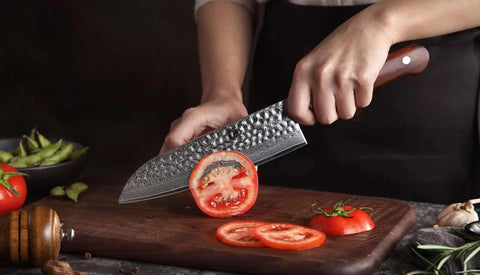What is a Santoku Knife Used For?
The more you get into cooking, whether you're an experienced professional or a total amateur, the more you realize just how much choice there is when it comes to different tools you can use in the kitchen. Whether you're looking at something like ...
Read more








